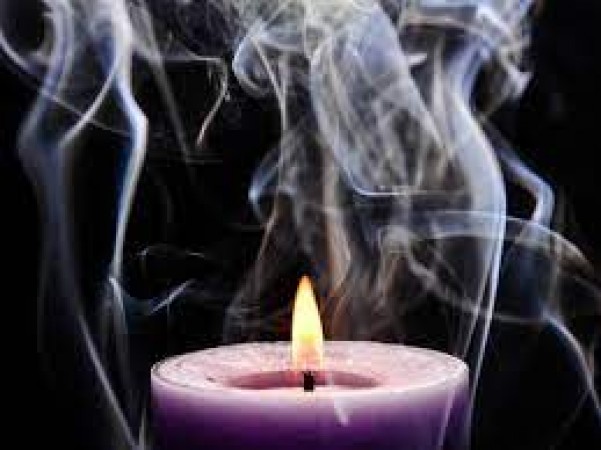
Candles are a common sight in many homes, often used to create a cozy and soothing atmosphere. While they can indeed add warmth to your space, it's important to be aware of the potential risks associated with candle smoke, especially for certain individuals. In this article, we will explore who might be at risk and the potential health concerns related to candle smoke exposure.
Candlelight has a unique charm that can instantly transform the ambiance of a room. Whether it's for a romantic dinner, a relaxing bath, or simply to unwind after a long day, candles have been a symbol of comfort and tranquility for centuries. However, the beauty of candlelight also comes with a hidden downside - the smoke they emit.
Candle smoke is not just harmless wisps of air. It contains a mixture of various substances, including particulate matter, volatile organic compounds (VOCs), and potentially harmful chemicals. These components can vary depending on the type of wax used in the candle and the presence of fragrances or dyes.
While candle smoke may not pose a significant risk to most people, some individuals are more vulnerable to its harmful effects. Here are the groups that should be particularly cautious:
People with asthma have sensitive airways that can easily react to irritants in the air. Candle smoke can trigger asthma symptoms, leading to coughing, wheezing, and shortness of breath.
Individuals with allergies, especially those allergic to pollen or dust mites, may find that candle smoke exacerbates their symptoms. The particles in the smoke can worsen nasal congestion and sneezing.
Individuals with pre-existing respiratory conditions, such as chronic obstructive pulmonary disease (COPD) or bronchitis, should be cautious around candle smoke. The irritants in the smoke can further irritate their already compromised airways.
Young children and older adults often have weaker immune systems. Candle smoke can be more harmful to them, leading to respiratory discomfort and potential health issues.
Some people are simply more sensitive to environmental factors like candle smoke. They may experience headaches, nausea, or dizziness when exposed to it.
One of the most alarming concerns associated with long-term exposure to candle smoke is the potential for lung damage. While it might sound extreme, there have been cases where individuals who frequently burned candles indoors developed "black lung."
This condition is characterized by the accumulation of soot and other particles in the lungs, which can lead to a range of respiratory problems. It's a stark reminder that even something as seemingly harmless as candle smoke can have serious consequences when inhaled over an extended period.
If you enjoy using candles but want to minimize the risks associated with their smoke, here are some steps you can take:
Soy and beeswax candles tend to produce less soot and fewer harmful chemicals compared to paraffin wax candles.
Candles scented with synthetic fragrances can release additional VOCs into the air. Unscented candles are a safer choice.
Ensure proper ventilation when burning candles. Opening a window can help disperse any pollutants in the air.
Candles that flicker and produce more smoke are less likely to be in a draft-free area. Place them away from windows, fans, or open doors.
Keep candle wicks trimmed to about ¼ inch to reduce the amount of soot they produce. While candlelight can be enchanting, it's crucial to be mindful of the potential risks, especially for those who may be vulnerable. By understanding the dangers of candle smoke and taking appropriate precautions, you can continue to enjoy the cozy ambiance of candles while safeguarding your health and that of your loved ones.
Foods to Treat Fatty Liver Disease
7 Heart-Healthy Foods: Enjoy in Moderation for Optimal Health